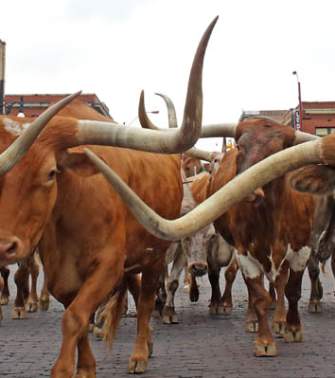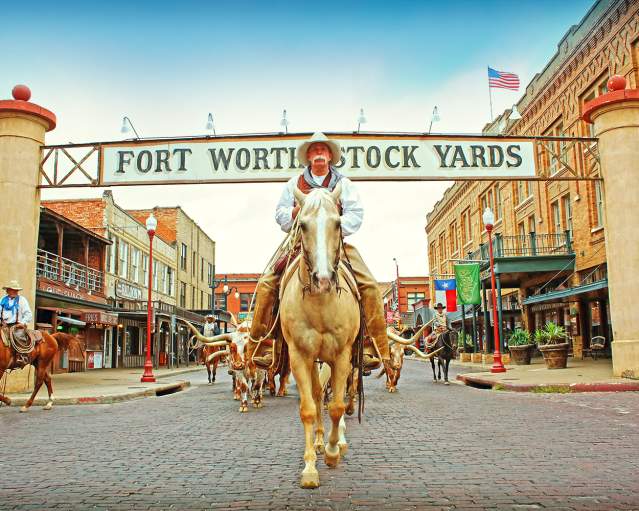Featured Stories
Where to get a frozen treat in Fort Worth
- 2 min read
Beat the heat with some of the coolest drinks and desserts around town. From ice cream to frozen margaritas, there are plenty of treats to choose from this summer. Melt Ice Cream You can't help but smile when you walk in to Melt’s sunny yellow shop. Their small-batch, high-quality ice cream is…
Must See Shows in July
- 3 min read
We’ve parsed through the lineups and cut through the noise to bring you a monthly roundup of the best live shows in Fort Fort Worth. JULY 4 Fort Worth’s Fourth You won’t have to travel far to enjoy North Texas’ largest Fourth of July fireworks show. Fort Worth’s Fourth, held along the banks…
Bob's 3 Things - July 2024
- 1 min read
Three perspectives on the Fort Worth hospitality industry from Bob Jameson, president and CEO of Visit Fort Worth. In celebration of the Fort Worth Herd’s 25th Anniversary, we are proud to debut a short film about the legend of the Herd and its Drovers. Produced by Fort Worth-based Panther City…
Fort Worth Summer Checklist 2024
Summer may be a few weeks away, but we’re already dreaming up our ideal summer day in Fort Worth and…
First-Timer's Guide to Fort Worth
With so many amazing things to see and do, planning your first trip to Cowtown can seem overwhelming. From…
Panaderias in Fort Worth
There's nothing like enjoying your favorite pan dulce with a cup of coffee to start your Saturday morning…






